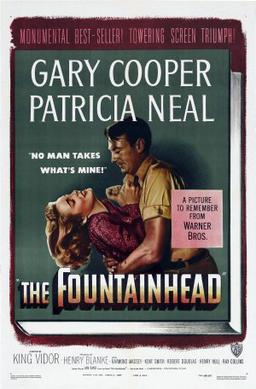About that last one,
Atlas Shrugged: Terror on the High Seas
“Last night,” said the spinster, “I stayed awake because of the shooting. There were guns going off all night, way out at sea. There were no flashes. There was nothing. Just those detonations, at long intervals… Everybody down on the shore knows what it was. It was Ragnar Danneskjold. It was the Coast Guard trying to catch him.”
“Ragnar Danneskjold in Delaware Bay?” a woman gasped.
“Oh, yes. They say it is not the first time.” [p.145]
Hank’s guests have an As-You-Know-Bob expository conversation about the terrors of Ragnar Danneskjold, a modern-day pirate who’s been preying on shipping in the Atlantic Ocean. We’re told that “the People’s State of Norway” has offered a million-dollar reward for his head, that he seized a relief ship loaded with supplies for “the People’s State of France,” and that his ship is better than any in the navy of “the People’s State of England”.
Every nation but the US has been taken over by socialists, it seems.
“He’s been seen off Nantucket, too. And at Bar Harbor. The newspapers have been asked not to write about it.”
“Why?”
“They don’t want people to know that the navy can’t cope with him.”
“I don’t like it. It feels funny. It’s like something out of the Dark Ages.” [p.146]
Well put, nameless woman at Hank’s party! I agree. A pirate ship lurking off the coast, seizing and destroying commercial ships, sounds very much like something out of the Dark Ages. But it’s curious that Ayn Rand, of all people, should point that out.
A single raider evading the most powerful navy in the world? And air force, I must note. If there is anything that's been learned over the last century of naval-air combat, it is that ships are sitting ducks for air attacks. Even a World War I fighter plane will be able to outrun just about every warship ever built. That's what US General
 Billy Mitchell
Billy Mitchell tried to get his colleagues to recognize back in the 1920's. In fairness, it's possible for ships to defend themselves against aerial attackers, like have their own mini air forces: aircraft carriers.
Naval combat tactics have changed over the millennia. The first main tactic was ramming an enemy ship, but when guns became feasible enough almost half a millennium ago, ships' crews started installing lots of big guns in their ships. That gave rise to the broadside tactic, turning sideways so that all the guns on one side of the ship are aimed at an enemy ship. Guns got bigger and bigger, with battleships having huge guns mounted in turrets. Battleships were designed for fighting other ships, especially other battleships.
But it was in World War II that battleships' vulnerability to air attack became very evident. The largest battleship ever built, the Japanese battleship Yamato, never did any of the combat that it was designed for, being sunk by American air attacks.
NOVA | Sinking the Supership | Yamato's Final Voyage (non-Flash) | PBS - 12 bombs and 7 torpedoes -- torpedo bombing was a common tactic in WWII, dropping torpedoes into the water near their targets.
The locations? Delaware Bay is mostly landlocked. Bar Harbor is on the coast of Maine, and Nantucket is on an island off the coast of Massachusetts. Bar Harbor is rather far from major seaports, Delaware Bay doesn't have any major seaports in it -- the nearest big city, Wilmington, is upriver - and that leaves Nantucket, which is actually close to some good shipping routes between New York City and Europe.
But a much better place to raid would be the mid-ocean, because help for the ships would be far away, unless the ships traveled in convoys guarded by warships, a common WWII tactic. There is also the problem of what to do with the commandeered ships. Where would they go? It would have to be some big seaport, but which one?
And why only one raider? Why not several? Stuff happens, and redundancy is good.

